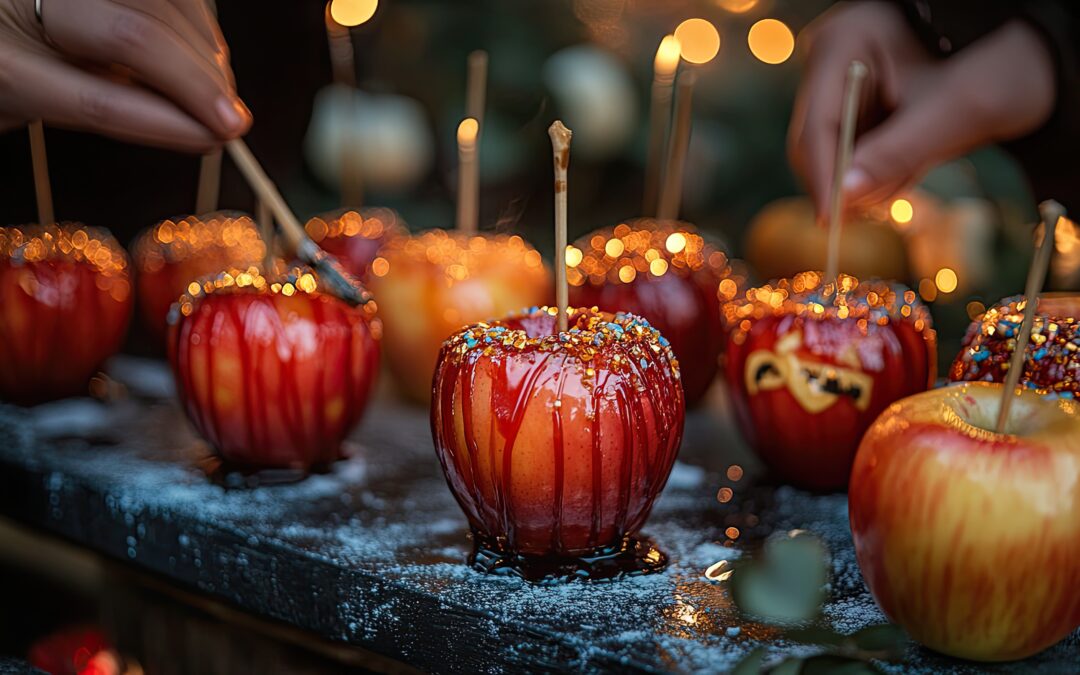Candy apples, also known as toffee apples, have a history that dates back to the early 1900s in the United States. This iconic treat is often credited to William W. Kolb, a candy maker who first dipped fresh apples into a sugary syrup in 1908 and displayed them at a Halloween event. The glossy, sweet coating transformed ordinary apples into a visually striking and irresistible dessert, quickly becoming a favorite among those who tried them.
The popularity of candy apples soared, and they soon became a staple at fairs, carnivals, and autumn festivals. Their bright red appearance and sweet, crunchy exterior made them a festive choice for Halloween and harvest celebrations. Families began to embrace candy apples as a fun and tasty way to mark the season, with the treats becoming synonymous with fall gatherings and community events.
Over time, candy apples evolved to include a variety of coatings beyond the classic hard candy shell. Caramel, chocolate, and toppings like crushed nuts offered new and exciting ways to enjoy this traditional treat. The versatility of candy apples has allowed them to remain a beloved part of autumn festivities, appealing to a wide range of tastes and preferences.
The candy apple’s journey from its humble beginnings to a cherished fall tradition showcases how food can become intertwined with seasonal celebrations. Whether you enjoy the classic version or a more modern twist, candy apples continue to delight generations with their nostalgic charm and sweet, festive flavors.


